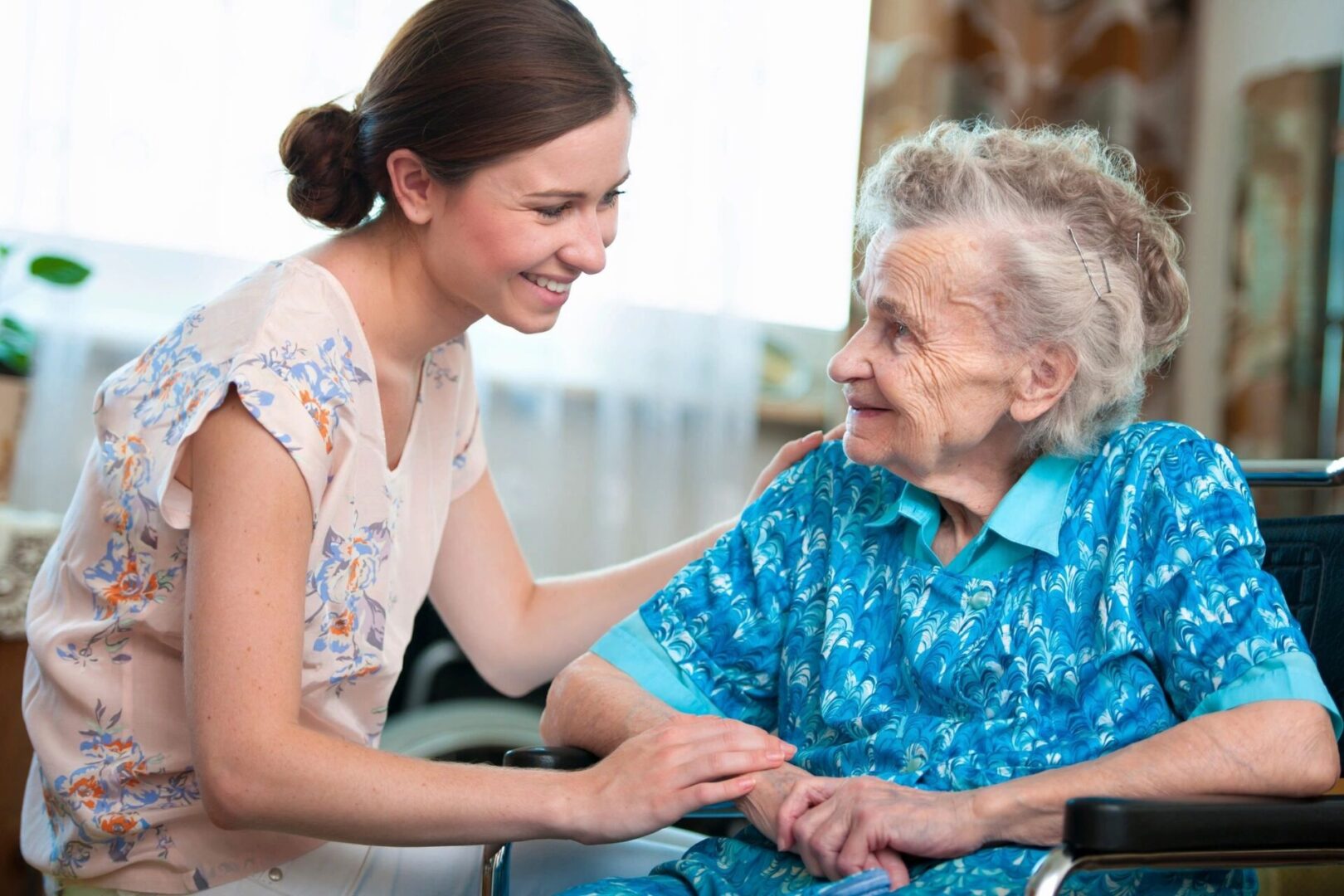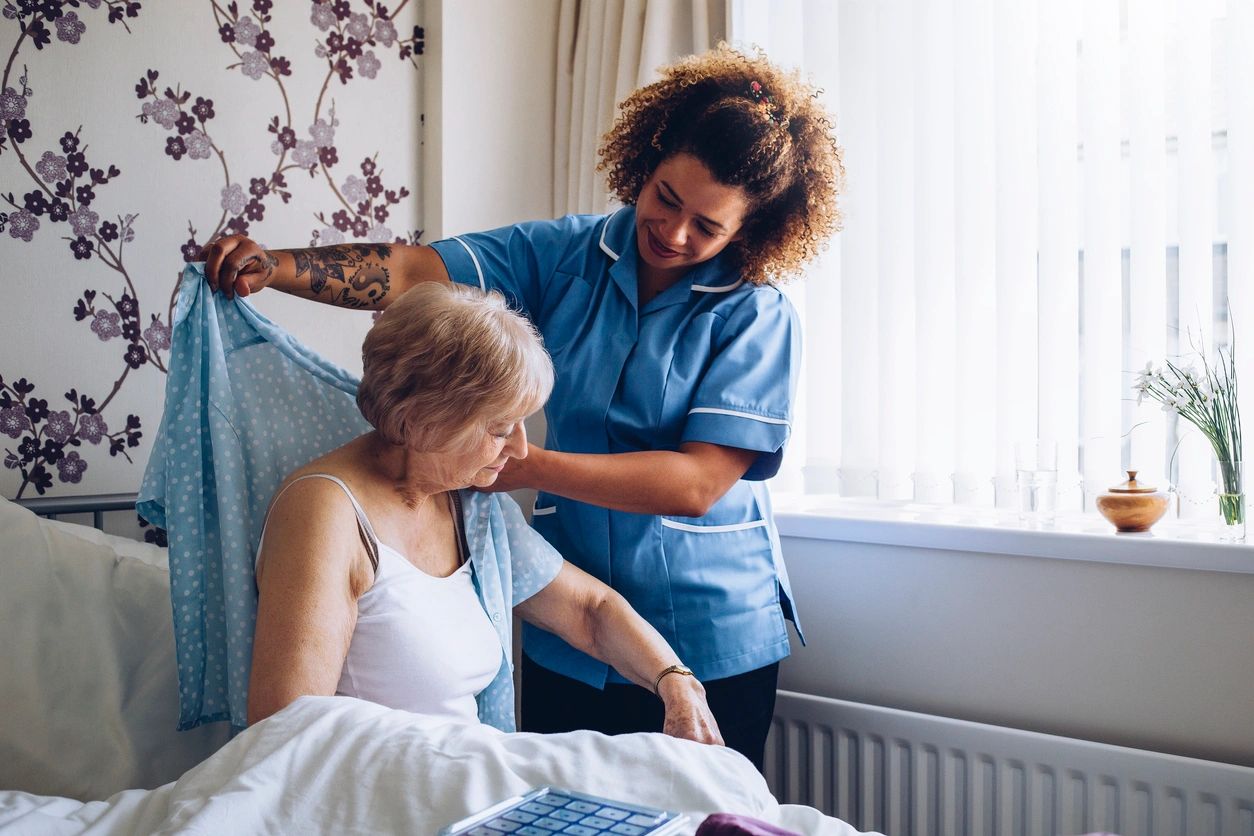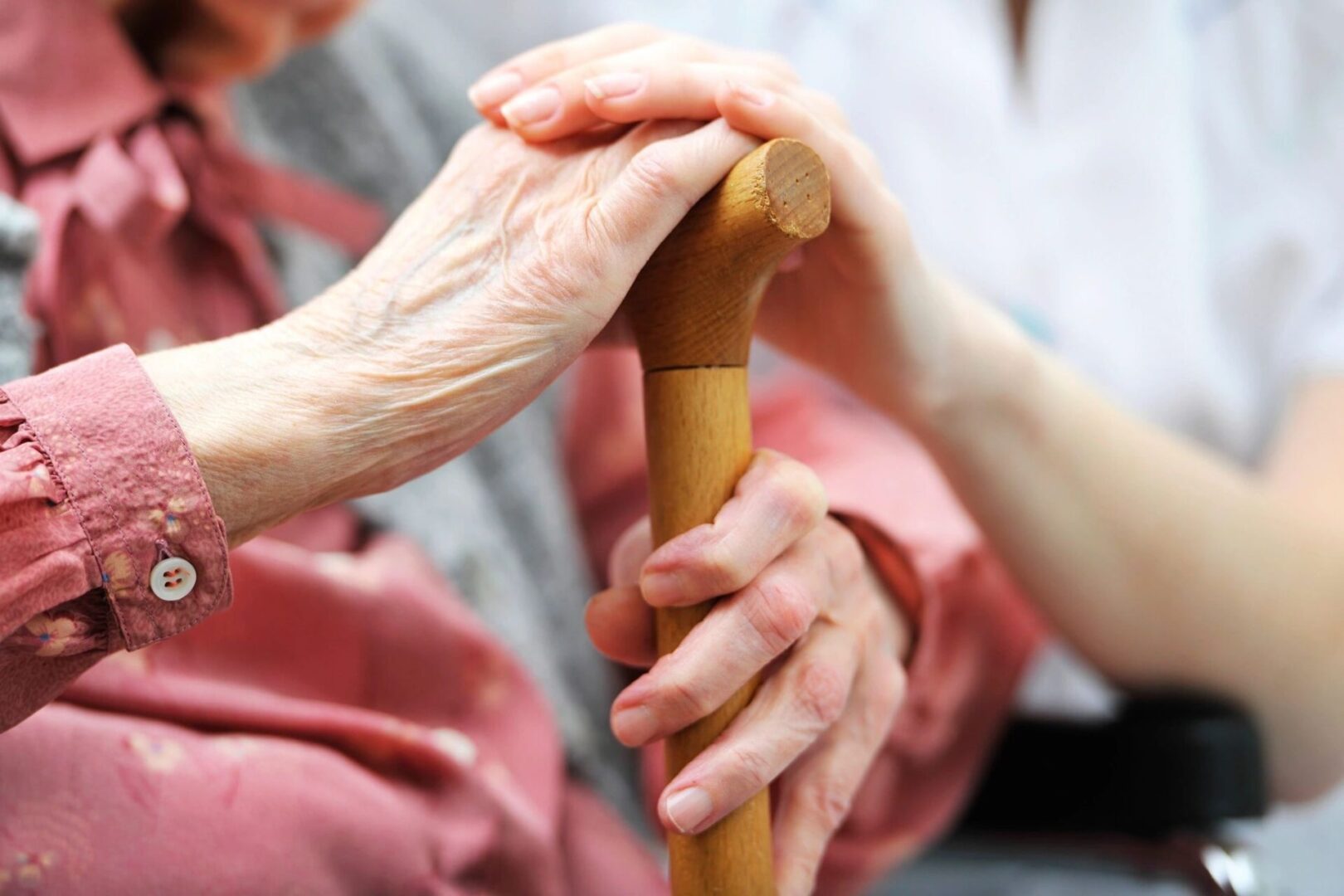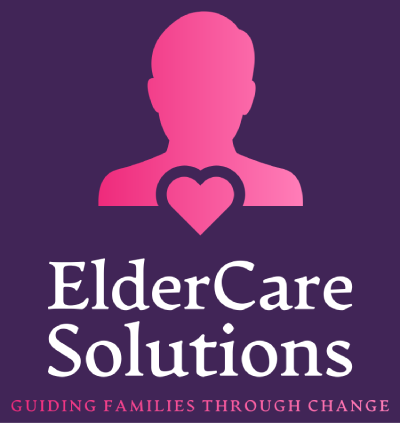Comprehensive Care Services
Palliative Care: Providing Relief and Comfort
Palliative care is specialized medical care that focuses on providing relief from pain and other symptoms of a serious illness. It can also help you cope with side effects from medical treatments. The availability of palliative care does not depend on whether your condition can be cured.
Palliative care teams aim to provide comfort and improve the quality of life for people and their families. This form of care is offered alongside other treatments a person may receive.

Conditions Palliative Care Can Help With
Palliative care may be offered to people of any age with a serious or life-threatening illness. It can help adults and children living with illnesses such as:
Symptoms Improved by Palliative Care
Symptoms that may be improved by palliative care include:


Hospice Care: Comfort at the End of Life
Increasingly, people are choosing hospice care at the end of life. Hospice care focuses on the care, comfort, and quality of life of a person with a serious illness approaching the end of life.
At some point, it may not be possible to cure a serious illness, or a patient may choose not to undergo certain treatments. Hospice is designed for this situation. The patient beginning hospice care understands that their illness is not responding to medical attempts to cure it or slow the disease's progress.
Like palliative care, hospice provides comprehensive comfort care and support for the family, but, in hospice, attempts to cure the person's illness are stopped. Hospice is provided for a person with a terminal illness whose doctor believes he or she has six months or less to live if the illness runs its natural course.
Hospice Care Settings
Hospice is an approach to care, so it is not tied to a specific place. It can be offered in two settings — at home or in a facility such as a nursing home, hospital, or even in a separate hospice center.


In-Home Care: Professional Support at Home
Home care includes any professional support services that allow a person to live safely in their home. In-home care services can help someone who is aging and needs assistance to live independently; is managing chronic health issues; is recovering from a medical setback; or has special needs or a disability. Professional caregivers such as nurses, aides, and therapists provide short-term or long-term care in the home, depending on a person's needs.
The Benefits of Home Care
Home care can be the key to achieving the highest quality of life possible. It can enable safety, security, and increased independence; it can ease management of an ongoing medical condition; it can help avoid unnecessary hospitalization; it can aid with recovery after an illness, injury, or hospital stay—all through the care given in the comfort and familiarity of home. Home care can include:


Types of Home Care Services
Personal Care and Companionship services may include:
Private Duty, Nursing Care services may include:
Home Health Care services may include:
Assisted Living: Support in a Community Setting
Assisted living facilities offer accommodations, meals, supervision, security, and assistance with activities of daily living. Additional services may include medication management, nursing services, social activities, transportation, and more intensive memory care.

Residential Care Homes: Personalized Care in a Home-Like Setting
Board and care homes, also known as residential care homes or group homes, offer personal assistance with basic daily tasks in a small, intimate community. They provide a home-like setting with private or shared rooms and public areas for residents to share.
Residential care homes offer personalized attention, a better staff-to-resident ratio, and a comfortable environment that feels more like home than a medical care facility. Services provided at a board and care home include assistance with activities of daily living, medication management, meals, social activities, transportation, and more.

